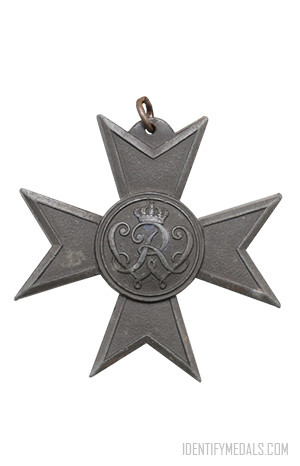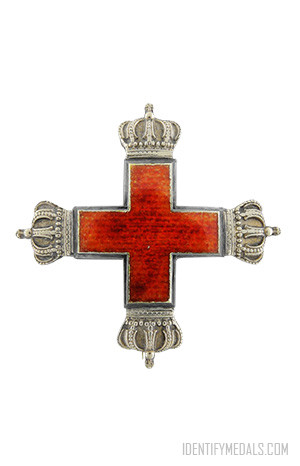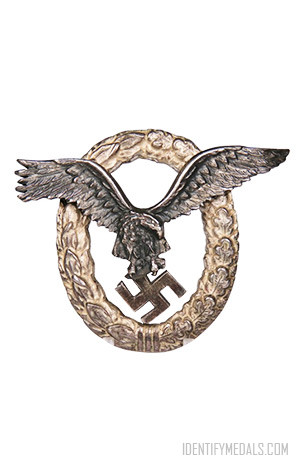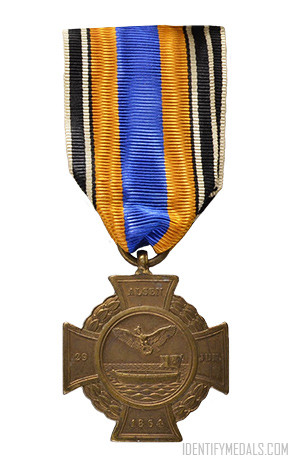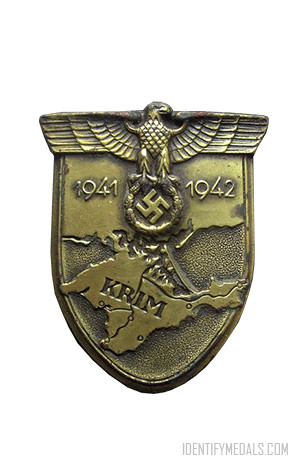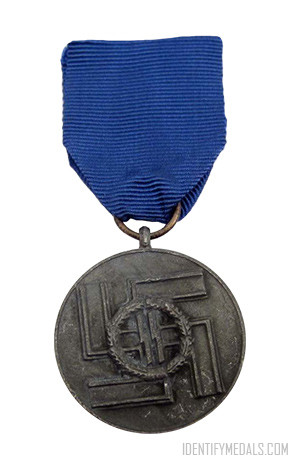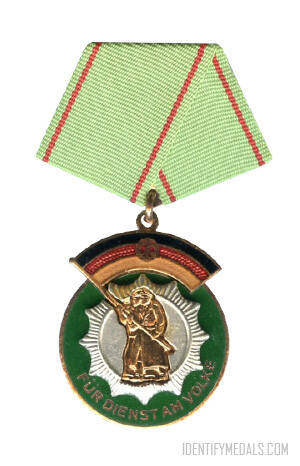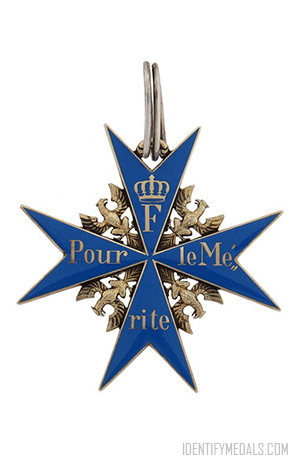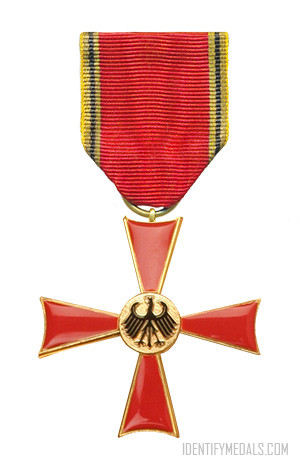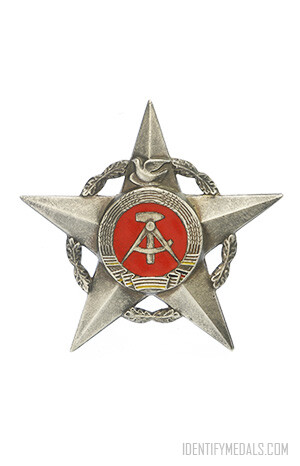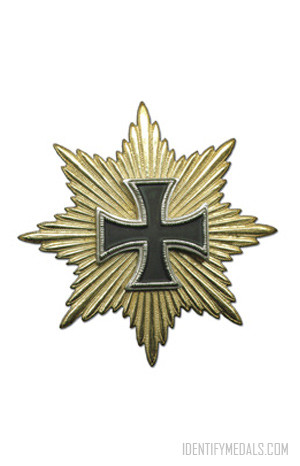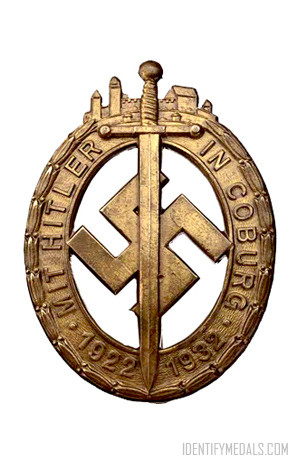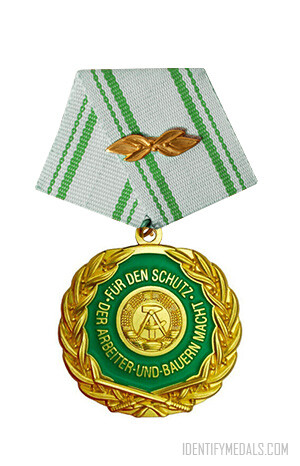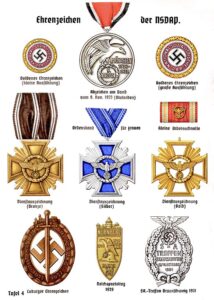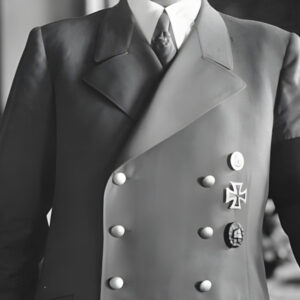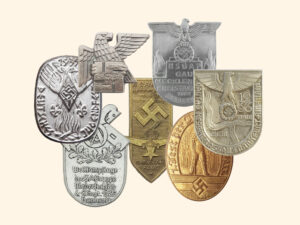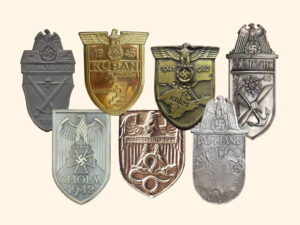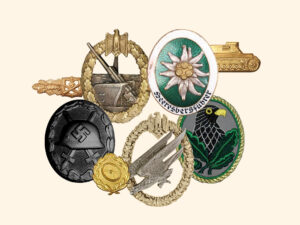The Merit Cross for War Aid (or Verdienstkreuz für Kriegshilfe in German) is a war decoration of Prussia awarded during World War I. The medal was instituted on 5 December 1916 and awarded for patriotic war aid service, without regard to status or rank.
An order was placed with the Nürnberg-based company Lauer as soon as Wilhelm II approved the floating sketch. Specimen crosses were submitted for imperial approval on December 26, 1915 and first 200 pieces were then ordered for immediate production and further distribution among distinguished Prussians. A special emphasis was made on luxury casing (brown leather boxes) for half of that lot reserved for dignitaries.
The very first recipients of Verdienstkreuz für Kriegshilfe were Wilhelm II himself and Generalfeldmarschall Paul von Hindenburg. Altogether 500,000 crosses and 167,643 m of ribbon worth 857,000 Marks were ordered.
The Merit Cross for War Aid Design
The Merit Cross for War Aid is in the shape of a Maltese cross, typically found made of blackened Kriegsmetall alloy.
The obverse of the Merit Cross for War Aid bears a circular central medallion with the crowned cipher of King Wilhelm II. On the reverse the central medallion is inscribed FÜR KRIEGS-HILFSDIENST (For War Aid Merit) above an oak wreath.
The upper arm is attached to a loop for suspension from its ribbon. The ribbon is red, white and black. Design of a new decoration was based on a Silver Merits Cross with an exception of central medallion on reverse (both sides of the latter were identical) and ribbon color.

